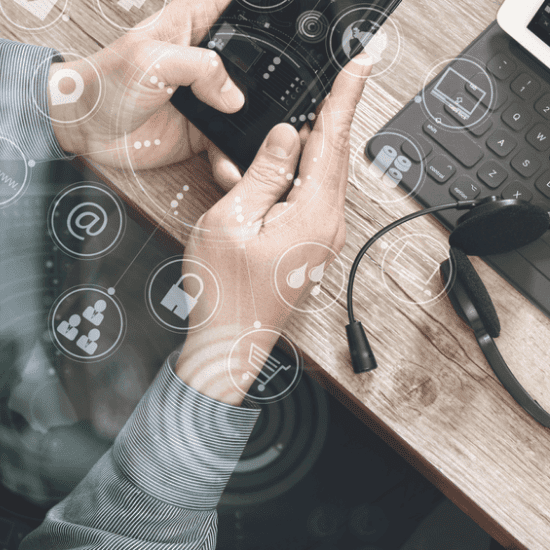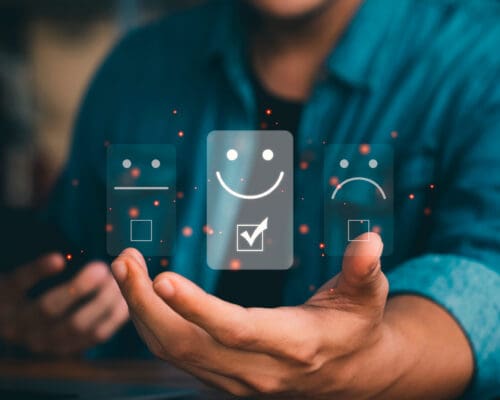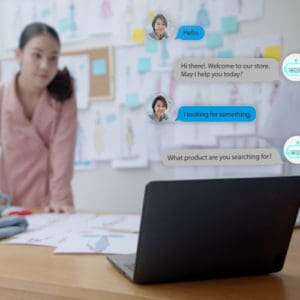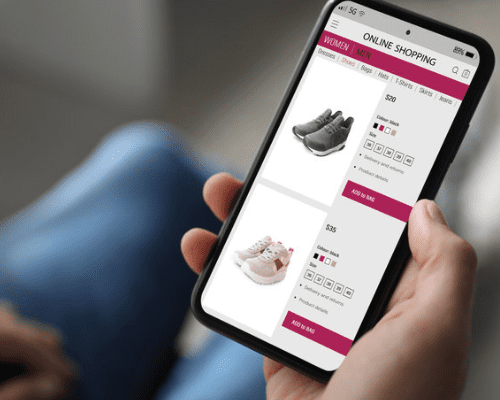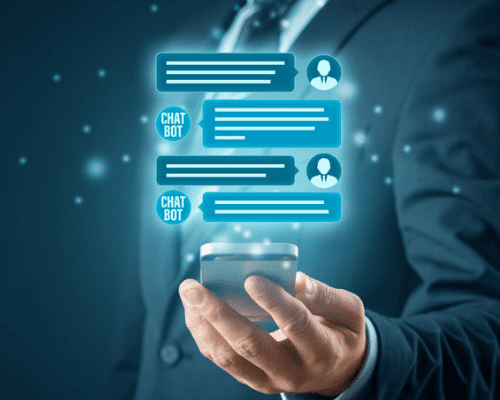According to Zendesk’s Customer Experience Trends Report 2021, ‘75% of customers say they’re willing to spend more with companies that provide a good customer experience.’
As the speed of digital transformation has increased – one of the lasting effects of the global pandemic – customers are growing accustomed to instant gratification.
And in today’s digital world, what’s more instantaneous than hybrid interactions? According to recent data analysed by Forrester, customers based in the US, UK and France prefer three main types of interactions: self-service, automated and person-to-person.
In Forrester’s words, ‘Customer interactions are increasingly hybrid: digital and physical touchpoints feed into interactions across a customer journey, often simultaneously.’ With hybrid interactions – and expectations – on the rise, organisations need to understand exactly what the customer is looking for and change their implementation strategies to match.
These three types of interactions will be driven by consumer needs and engagement preferences throughout their customer journey.
But First: Channel and Touchpoint Preferences
Before diving into the three types of interactions that most online customers prefer, it’s imperative to understand that customers’ needs are the driving force of their preferences.
‘Increasingly complex customer needs demand increasingly interactive interactions, agnostic of channel,’ according to Forrester’s research.
In other words, the channel offered matters less than the journey itself. And when your customers have needs that are more complex to serve, it’s important to change the way in which you’re meeting them.
Self-service
The first interaction requires your organisation to offer the tools necessary for customers to solve their own queries or needs. Often, a customer will know exactly what they are looking for when shopping, or exactly which ‘quick-fix’ solution will solve their problem. In these cases, they prefer the ‘leave it to me’ concept.
According to Forrester’s research, self-service interactions increasingly include extended reality (XR) features, mimicking what have traditionally been in-store or product-trial experiences.
When customers were surveyed about their interest in using product configuration tools, more than 40% of US- and UK-based shoppers claimed to have already used them or be interested in doing so. And 40% of all those surveyed are interested in, or have already used, Augmented Reality and/or Virtual Reality tech tools.
When your customer’s needs are less complex, self-service is likely the route they’ll want to take.
Automated
The next interaction is customers who seek to be guided in a hands-off way – that is, they’d like some additional help, but aren’t necessarily looking for a human.
This ‘guide me’ interaction includes assisting customers in navigating their options, while simultaneously allowing them to make their decisions in their own manner and in their own time. Automated interactions show a strong expectation from customers that they will be dealing with virtual assistants, like chatbots, during their buying journey.
In Forrester’s words, ‘The range of sophisticated interactions that chatbots can support is evolving quickly, providing retailers and brands with a way to mitigate the costs of human agents.’ Automating services frees up agents to focus on more complex issues or other areas where they may be more productive or valuable.
Automation is an increasingly useful tool for touchpoints throughout the whole customer journey.
Person-to-person
The third interaction, used mainly for complex queries, involves members of your team connecting directly with customers.
‘Person-to-person interactions are no longer restricted to “in-person” interactions,’ says Forrester.
Customers may seek out a ‘connect with me to help’ approach when they just can’t put their finger on what’s going wrong. Their demand may be too complicated for a chatbot to meet their needs, and in these cases they may be looking to interact with a human instead, as they believe it will be a more effective and efficient way to solve their problem.
But, person-to-person interactions are not only for trouble-shooting or solving queries. They can also be used for helping complete tasks. According to the survey conducted by Forrester, more than 30% of US- and UK-based shoppers have already used or are interested in using a virtual shopper.
Going Hybrid
Fast, efficient interactions are increasingly in high demand for today’s digital customers. In order to be where your customers want you to be, and how, it’s time to go hybrid.
We here at redk understand the demands of the future. And with over 15 years of experience, we’re ready to help your organisation make the transition. Get in touch today!




